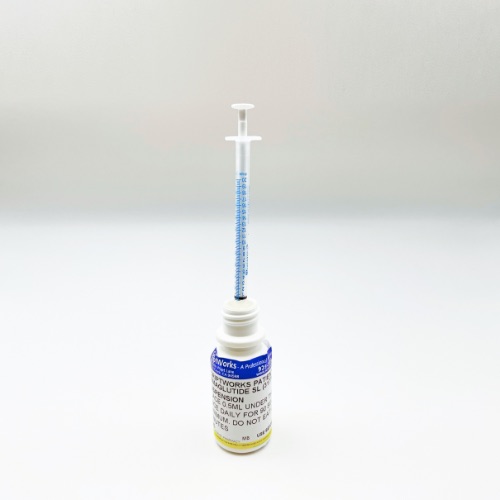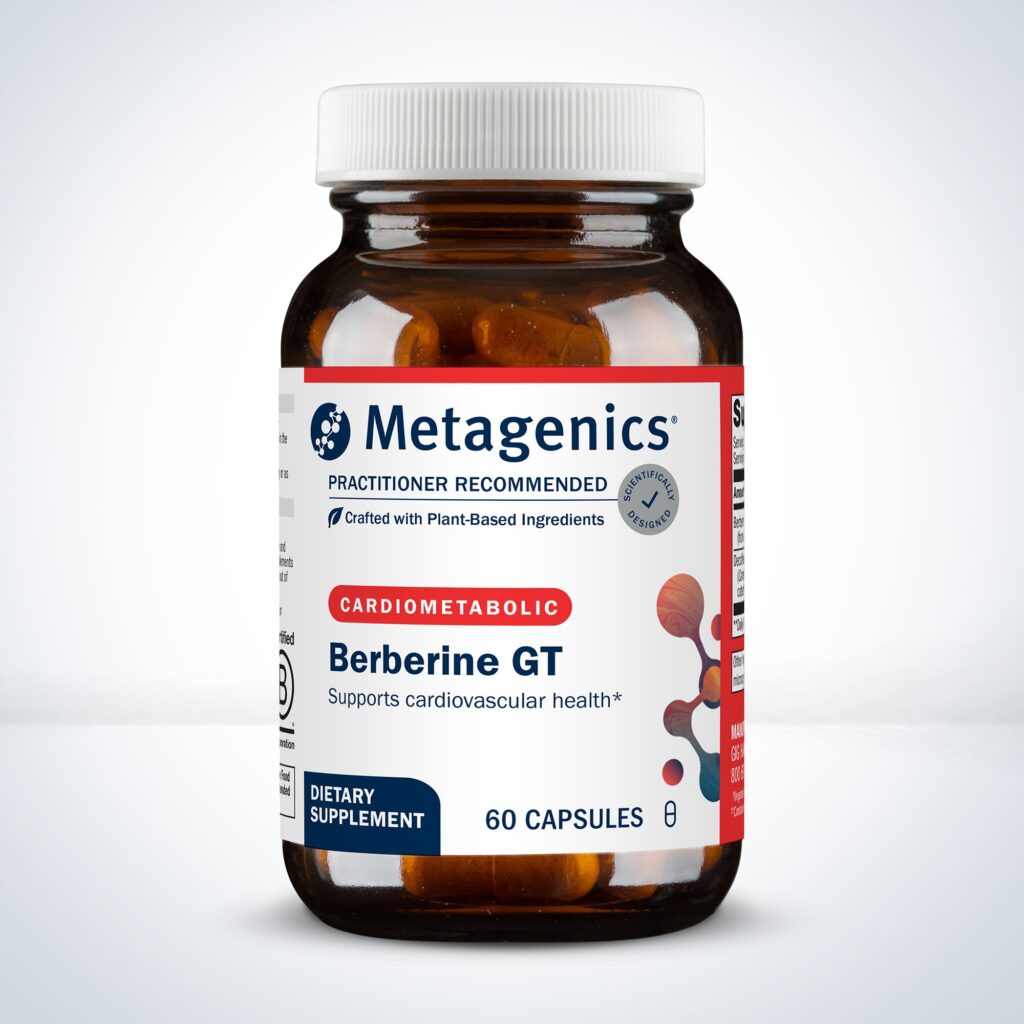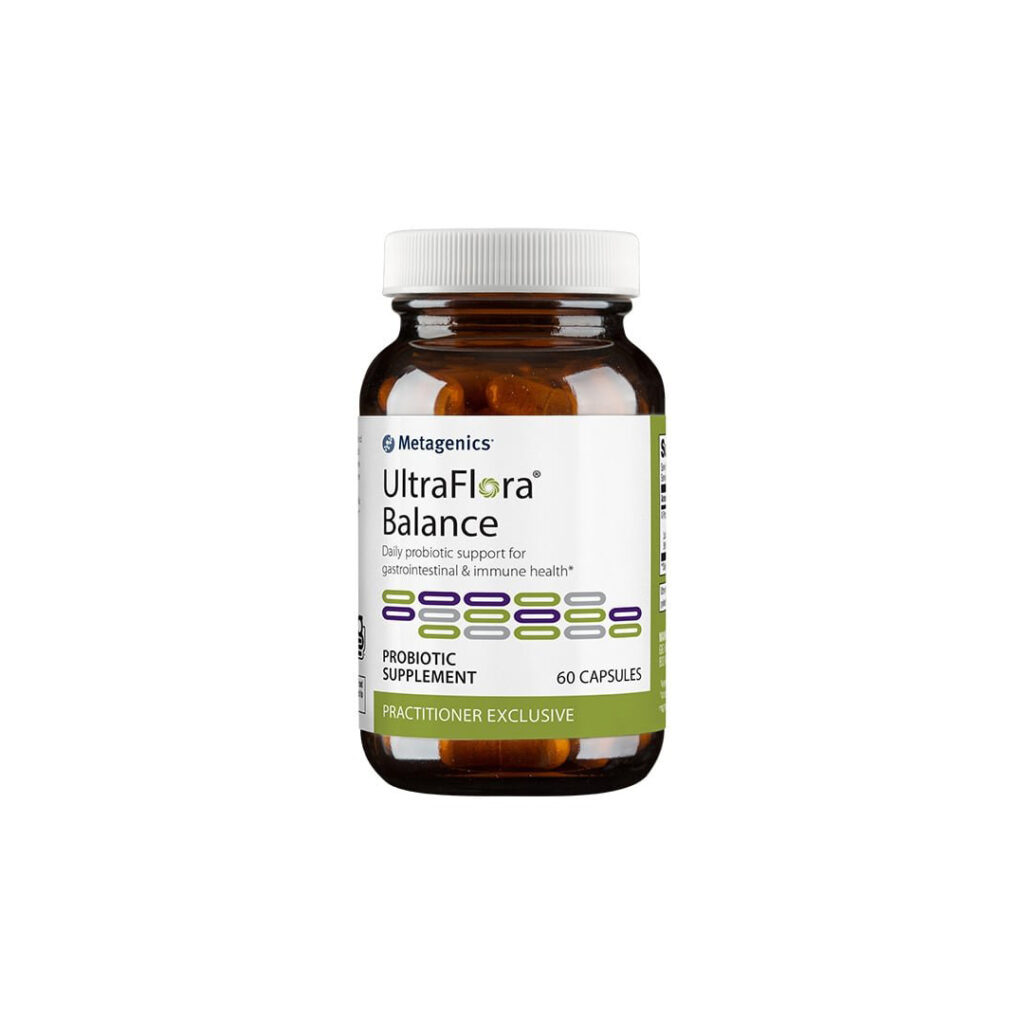
Author: Bob Brensel | President, Pharmacist | ScriptWorks
Bob Brensel, RPh, earned his Pharmacy Degree at University of the Pacific in Stockton, California in 1980. Former California Pharmacists Association’s Award Winner for Recognition of Outstanding Achievement in Compounding Pharmacy. Read More →
Compounded Sublingual GLP-1 Guide: California Compounding Pharmacy
California residents facing challenges related to diabetes, obesity, and the many health conditions associated with being overweight may find compounded GLP-1 medications, to be the answer.
ScriptWorks now provides another option; a tested sublingual GLP-1 suspension that is easily administered under the tongue. This unique approach offers flexibility in administration, which some may prefer over injectable versions.
Our expert pharmacists provide guidance through the process, as well as recommendations on proper supplementation to support results. Such recommendations include Berberine and UltraFlora Balance by Metagenics.
Understanding GLP-1 and Its Potential Role in Health

GLP-1s play a role in managing blood sugar, appetite, and digestion. Often considered in cases of type 2 diabetes, prediabetes, and obesity, GLP-1 medications have gained interest for its potential effects on weight and blood glucose levels. GLP-1 medications have been going viral in recent years due to the drastic weight loss results that patients have been experiencing.
Celebrities and social media influencers have brought attention to their amazing results, where many individuals that have never been able to lose weight, have been able to achieve their ideal body goals. This unprecedented attention has prompted physicians and patients to explore different GLP-1 options.
Some Potential Effects of GLP-1 Receptor Agonists Include:
- Blood Sugar Regulation: GLP-1 may assist in managing post-meal blood sugar levels by encouraging the release of insulin in response to food intake.
- Weight Management Support: GLP-1 may be a useful adjuvant therapy in type-2 diabetes mellitus, metabolic syndrome, and hyperglycemia. It also lowers HbA1C and protects cells of the cardiovascular and nervous systems by reducing inflammation and apoptosis.
- Cardiovascular Health: GLP-1 receptor agonists have been studied for their possible benefits to cardiovascular health, an important consideration for those with diabetes and obesity-related conditions.
Mehdi SF, et al. Glucagon-like peptide-1: a multi-faceted anti-inflammatory agent. Front Immunol. 2023 May 17;14:1148209. doi: 10.3389/fimmu.2023.1148209. PMID: 37266425; PMCID: PMC10230051.
RELATED STUDY
Weight loss outcomes associated with semaglutide treatment for patients with overweight or obesity.
Ghusn, W., De la Rosa, A., Sacoto, D., Cifuentes, L., Campos, A., Feris, F., … & Acosta, A. (2022). Weight loss outcomes associated with semaglutide treatment for patients with overweight or obesity. JAMA Network Open, 5(9), e2231982-e2231982.
“The findings of this cohort study suggest that semaglutide is clinically effective for weight loss at 3 and 6 months for people overweight or [with] obesity.”
Source: JAMA
Sublingual Compounded GLP-1: A Unique Administration Option
While traditional forms of GLP-1s come as injectable, sublingual compounded options offer a non-injectable alternative that may appeal to some individuals. We designed this sublingual formulation to be absorbed under the tongue, allowing it to bypass the digestive tract and potentially enhance bioavailability when compared to an oral pill/capsule formulation.
This route of administration may offer increased convenience and comfort, which may be beneficial for patients with busy lifestyles or those seeking alternatives to injections.

Combining GLP-1 with Nutritional Supplements: Metagenics Berberine and UltraFlora Balance
For patients seeking optimal results, our pharmacists recommend Berberine and UltraFlora Balance by Metagenics for GLP-1 patients. These products have been explored for their potential role in supporting metabolic health and gut balance.
1. Berberine by Metagenics
Berberine is naturally occurring which may support metabolic health, specifically by aiding in glucose and lipid metabolism. For those managing diabetes or prediabetes, berberine is considered as a supplement that may complement GLP’s effects on blood sugar levels. Berberine has also been examined for its potential to support insulin sensitivity, which could be beneficial for those taking GLP-1 medications as part of a comprehensive health approach.
2. UltraFlora Balance by Metagenics
UltraFlora Balance is a probiotic supplement formulated to promote digestive and immune health. With the increasing research connecting gut health to metabolic processes, a balanced gut microbiome may have potential benefits for weight management, inflammation, and possibly even insulin sensitivity. Including a probiotic as part of a wellness routine may assist patients in maintaining a balanced microbiome. This could indirectly support the goals of GLP-1 receptor agonists.
Personalized Support Through ScriptWorks Pharmacy
ScriptWorks Compounding Pharmacy provides individualized compounded medications, allowing California patients to access sublingual GLP-1 alongside expert guidance. ScriptWorks collaborates with healthcare providers to offer patients a compounded version of GLP-1 that may align with their unique goals and health conditions.
Key Potential Benefits of ScriptWorks’ Compounded GLP-1
- Trusted Sources, FDA Approved Active Ingredients. ScriptWorks utilizes FDA Approved Rybelsus™ Tablets as active ingredients in their formulations.
- Customized Dosage: We tailor compounded GLP-1 in titrated dosages to meet each patient’s needs, helping patients and working closely with their provider for the best results.
- Alternative to Injections: For patients looking for a non-injectable option, sublingual GLP-1 offers an accessible alternative that may support comfort and convenience.
- Professional Guidance: ScriptWorks provides guidance on incorporating complementary products like Berberine and UltraFlora Balance, helping patients consider how these supplements may align with their current medication regimen.
Is Compounded GLP-1 Right for You?
For patients looking for new ways to manage diabetes, weight, and related metabolic conditions, compounded GLP-1 may offer a flexible approach worth considering. California patients may wish to consult with their healthcare provider to explore whether sublingual GLP-1, combined with Metagenics Berberine and UltraFlora Balance, may complement their wellness journey. Please note that patients with a prior history of pancreatitis or thyroid C cancer as well as pregnant patients should not use GLP-1s.
Always consult your healthcare provider before starting any new supplement or compounded medication.
References
- Bergmann, N. C., Davies, M. J., Lingvay, I., & Knop, F. K. (2023). Semaglutide for the treatment of overweight and obesity: a review. Diabetes, Obesity and Metabolism, 25(1), 18-35.
- Ghusn, W., De la Rosa, A., Sacoto, D., Cifuentes, L., Campos, A., Feris, F., … & Acosta, A. (2022). Weight loss outcomes associated with semaglutide treatment for patients with overweight or obesity. JAMA Network Open, 5(9), e2231982-e2231982.
- Rubino, D., Abrahamsson, N., Davies, M., Hesse, D., Greenway, F. L., Jensen, C., … & STEP 4 Investigators. (2021). Effect of continued weekly subcutaneous semaglutide vs placebo on weight loss maintenance in adults with overweight or obesity: the STEP 4 randomized clinical trial. Jama, 325(14), 1414-1425.
- Singh, G., Krauthamer, M., & Bjalme-Evans, M. (2022). Wegovy (semaglutide): a new weight loss drug for chronic weight management. Journal of Investigative Medicine, 70(1), 5-13.



